President Donald Trump is used to bending reality to his will. But he will soon learn – if he hasn’t already – that this is harder to do with the economy. Just ask former President Joe Biden, who painfully learned that an inflation rate of 9 percent could not be spun as illusory, transitory or driven by a sudden and inexplicable burst of corporate greed. Ultimately, people directly experience their gas and grocery prices, as well as layoffs and stock market downturns. Sustained political popularity requires getting economic policy right, because elected officials cannot spin real economic decline.
As is increasingly evident, many of Trump’s economic policy pronouncements make little sense, in large part because he makes ever-shifting arguments for contradictory policies. A president who promised voters that, “We're going to become so rich, you're not going to know where to spend all that money,” instead induced a market crash that resulted in top aides attacking middle class families as being materialistic for aspiring to afford middle class comforts, as well as claiming that markets had been overvalued and recessions can be good, actually.
As a right-of-center economist who has spent nearly 25 years producing research that warns against the dangers of unrestrained federal spending and debt, I am concerned that Republicans are dramatically over-promising and under-delivering. It’s not an issue of left-versus-right. Rather, Trump is offering policies and promises that — even on their own terms — don’t make any sense. The president’s vision cannot successfully produce fiscal responsibility or economic prosperity because nearly every statement and action contradicts each other. And ultimately, it is American families and businesses who will suffer from this fog of policy confusion.
Here's the truth about some of the president’s promises.
Trade Contradictions
1. Tariffs can’t both create permanent domestic jobs and be a temporary negotiating tool.
It is not entirely clear why Trump has long been fixated with tariffs and hostile to any form of international trade. We know this aversion goes back to his 1980s days as a real estate developer, which suggests that his zero-sum view of trade may be the product of the kill-or-be-killed world of New York real estate. Whatever the reason, the president’s public arguments for steep tariffs seemingly reflect backward reasoning, as he promises that tariffs can provide all things to all people.
A clear example is the contradiction between selling tariffs as a permanent policy versus a short-term negotiating tactic. Trump has repeatedly emphasized that tariffs are intended to produce in America manufacturing that is currently taking place in China, Vietnam, South Korea, Mexico and elsewhere. Commerce Secretary Howard Lutnick went so far as to brag that American fingers would finally be inserting the screws into iPhones. (Notably, none of the lead tariff advocates have personally volunteered for such jobs.) Trump’s repeated criticisms of NAFTA and his (incorrect) assertions that it drove the decline in manufacturing jobs are often followed by promises of a tariff-based manufacturing renaissance where America builds everything it needs.
And yet, as soon as the president abandoned some of the tariffs in the face of a market meltdown, his press secretary described the move as “The Art of the Deal,” implying that many of the tariffs were always intended to be nothing more than a short-term negotiating tactic to force other nations to the bargaining table. Of course, this post-hoc rationalization would have been more persuasive had America’s major trading partners actually offered major trade concessions. Instead, Trump unleashed a global economic meltdown and won nothing in return. In fact, Lutnick’s call for onshoring iPhones was followed by Trump exempting them from the Chinese tariffs.
More importantly, Trump’s constant fiddling with the tariff dials and his claims that they are merely a short-term negotiating tactic undermine any hope of building new factories in America. One of the most important requirements for business investment is policy certainty. No entrepreneur will undertake an expensive, five-year project to build a new factory that is needed to last 50 years if the underlying trade economics are changing monthly or even weekly. Tariff, tax and regulatory policies may be helpful or hurtful, but they at least must be predictable.
2. Tariffs can’t both protect domestic industries and generate trillions of dollars in revenue.
Even more contradictory is Trump’s promises that tariffs can build a trade wall around America while also raising trillions of dollars in tax revenues to replace the income tax. A tariff cannot raise revenues from imports if those goods are no longer being imported. Tariffs can either lock out imports or collect revenues from them, but they cannot do both.
Conservatives love to cite (an exaggerated version of) the Laffer Curve to claim that hiking income tax rates will collapse the tax base and thus reduce tax revenues. Yet in international trade — where the Laffer Curve is actually more relevant — the same conservatives often deny that steeply hiking tariffs will bring any economic or consumer behavioral responses to shrink the tariff base and pull back revenues.
In reality, the U.S. imports $3.2 trillion of goods that can theoretically be subject to tariffs. But even at low tariff rates, they reduce demand for imports; it is mathematically impossible for tariffs to replace $2.6 trillion of annual income taxes because no tariff rate could raise that much money after accounting for the corresponding reduction in import demand. Yes, an average tariff rate of 20 percent could theoretically raise $640 billion in tariff revenue. However, the decline in import demand and the slowdown in broader economic activity would drastically reduce those revenues, while more bailouts of export-hammered industries likeagriculture would likely consume most remaining revenues. Any deficit reduction would be marginal and not worth the economic chaos.
Counting on tariffs to raise significant revenue is wishful thinking, not economic thinking.
Budgetary Innumeracy
3. You can’t both eliminate the federal budget deficit and protect Social Security, Medicaid and other popular programs.
Trump’s unrealistic and contradictory tariff revenue promises fit well within his broader, and equally contradictory budget promises.
In his recent address to Congress, Trump promised that “In the near future, I want to do what has not been done in 24 years: balance the federal budget. We are going to balance it.” But eliminating the entire budget deficit would be extraordinarily difficult even if Washington was run by deficit hawks willing to put all spending and taxes on the table.
Without raising revenues, eliminating the $1.87 trillion budget deficit would require cutting 27 percent of the $7 trillion federal budget. Yet Trump has already promised no cuts to Social Security, Medicare, defense and veterans’ benefits, and he cannot directly reduce interest payments. That’s 66 percent of the budget taken off the table (or 75 percent if we include Medicaid, which Trump occasionally promises to spare from the budget ax).
That means balancing the budget would require eliminating nearly every remaining federal expenditure, including border security, infrastructure, federal courts, U.S. embassies, federal prisons, all health research, national parks, unemployment benefits, disaster aid and disability benefits. Even if the president demanded every one of those cuts, not even a tea party Congress could or would pass them.
4. You can’t eliminate the federal budget deficit and also cut taxes.
The Committee for a Responsible Federal Budget calculates that, during last fall's campaign, Trump proposed nearly $10 trillion in new tax cuts over the decade. This includes his promised “no tax on tips,” ending taxes on overtime and Social Security payments and reducing corporate taxes. He also endorsed significant new spending for defense and border security. Given that the aforementioned tariffs would likely provide little net budget savings, the president’s proposals (combined with $20 trillion in baseline deficits) would double the national debt held by the public from $30 trillion today to approximately $60 trillion within a decade.
Until Trump and his aides grasp the fiscal reality of his expensive promises and his pledges not to touch most existing spending, his balanced budget aspirations should be dismissed as mathematically nonsensical.
5. DOGE’s actions are likely to increase the federal budget deficit, not lower it.
Nor does the president’s “Department of Government Efficiency” cut through this nonsense or improve this fiscal calculus. Despite Elon Musk’s promises to immediately save $2 trillion (later scaled down to $1 trillion and now to $150 billion), DOGE is limited by the aforementioned presidential pledges not to touch the two-thirds of federal spending that is actually driving spending upward. Moreover, DOGE is forbidden by the U.S. Constitution, the Congressional Budget and Impoundment Control Act of 1974 and repeated Supreme Court jurisprudence from unilaterally canceling spending that was approved by Congress and signed into law. DOGE can cancel contracts, reduce payment errors and move money around, but its more sweeping attempts to eliminate federal agencies and programs will likely be reversed by the courts unless Congress passes legislation blessing such moves.
While the DOGE website claims to have saved $150 billion, the verified savings have been less than $5 billion — or less than 0.1 percent of federal spending. The rest of the claimed savings are either not backed up with specific data, or based on mathematical errors, triple-counting the same savings and theoretical “savings” of funds that were never going to be spent. Ultimately, DOGE is government spending-cut theater that targets MAGA cultural totems such as DEI contracts, media subscriptions, federal employees and foreign aid that collectively save little money. Which is why total federal spending this year currently exceeds the level of spending during the same period last year.
In fact, DOGE is likely to ultimately expand budget deficits. Drastic layoffs of IRS tax enforcement employees are expected to encourage tax evasion and cost the federal government hundreds of billions of dollars in revenue. Gutting the Department of Education risks laying off the employees who collect student loan repayments. Even many of the laid off federal employees are currently collecting salaries and benefits while courts weigh the legality of their job cuts. These losses may ultimately exceed DOGE’s modest budget savings and leave it as a deficit-expander.
6. The national debt can’t matter one day and not the next.
During his 2016 campaign, Trump promised not only to balance the federal budget, but even to pay off the entire $19 trillion national debt. Then during his first term, he signed legislation and executive orders adding $7.8 trillion more in red ink — only half of which was related to the pandemic. Now, Trump is promising to balance the budget while also proposing the largest borrowing binge since World War II. He even demanded that Congress completely eliminate the statutory debt limit.
Moreover, the self-described “king of debt” demands an end to each of America’s bilateral trade deficits (which are not economically harmful) yet has no qualms pushing budget deficits to stratospheric levels (which can be quite harmful). The president even recently confused the national debt and the trade deficit.
These contradictions have real world implications. This is clear each time the Trump administration claims that budget deficits will no longer allow Washington to continue spending 0.1 percent of the federal budget to provide life-saving medications to 20 million African HIV patients, at the same time it is prodding Congress to slash taxes by $5.3 trillion.
A New Gimmick
All of this helps explain why the White House and congressional Republicans are weighing using a new gimmick to hide this economic reality.
Congress’ anti-deficit rules provide powerful anti-filibuster protection to a limited number of budget bills. However, such bills are forbidden from expanding budget deficits beyond the typical 10-year window — which is why much of Trump’s original 2017 tax cut law expires at the end of 2025.
The Republican budget’s solution is to override the $4 trillion price tag of the policy and simply claim that extending the tax cuts forever has zero impact on budget deficits. Their absurd argument is that, because the tax cuts already reflect the “current policy” until the end of this year, then renewing their cost forever is “free.”
This is fiscal nonsense. It’s like a debt-ridden family buying a $100,000 sports car one year and then asserting that buying another next year is not costly because their annual spending level is not rising. Ultimately, this gimmick renders Congress’ entire universe of anti-deficit rules moot. After all, the next Democratic majority could use the same gimmick to declare zero cost for Medicare For All or the Green New Deal. As fiscally irresponsible as Congress and recent presidents have been, it is now likely to get much worse.
If you are a deficit hawk only when addressing the other side’s priorities, then you aren’t a deficit hawk. You are just grabbing whatever rhetorical weapon is nearest to defeat the other party.
What’s more, as we’ve already seen, none of this is going to fool the markets, particularly the bond market, whose recent gyrations suggest investors’ faith in the stability of the U.S. government has been shaken.
Trump has found political success selling his economic policies as achieving countless contradictory goals. But ultimately, he will be judged on whether the economy produces jobs, raises incomes, limits inflation and strengthens the stock market — metrics that are moving in the wrong directions. And his fiscal policies cannot escape the mathematical reality that deep tax cuts and spending expansions cannot reduce surging budget deficits.
A president who was elected in part on his predecessor’s hubristic economic errors is aggressively committing his own.
.png)






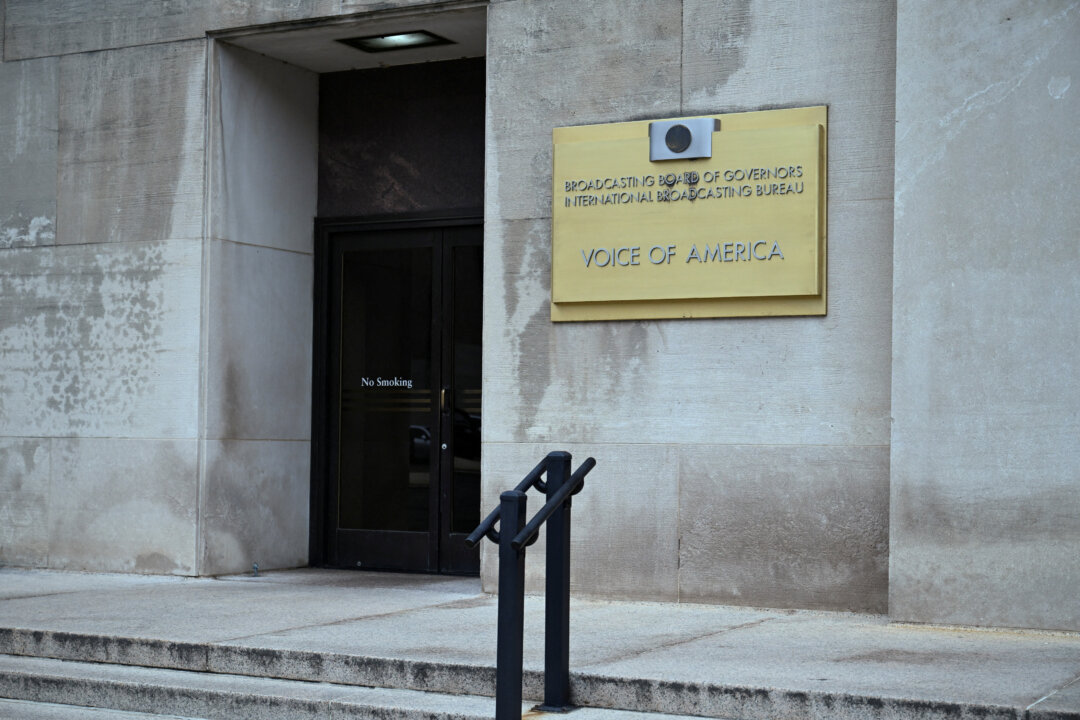
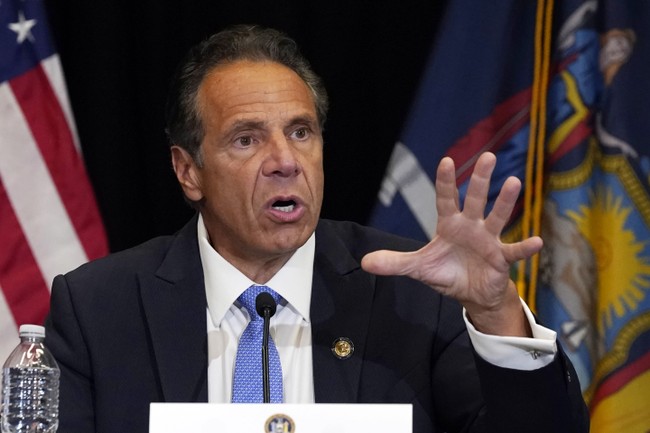


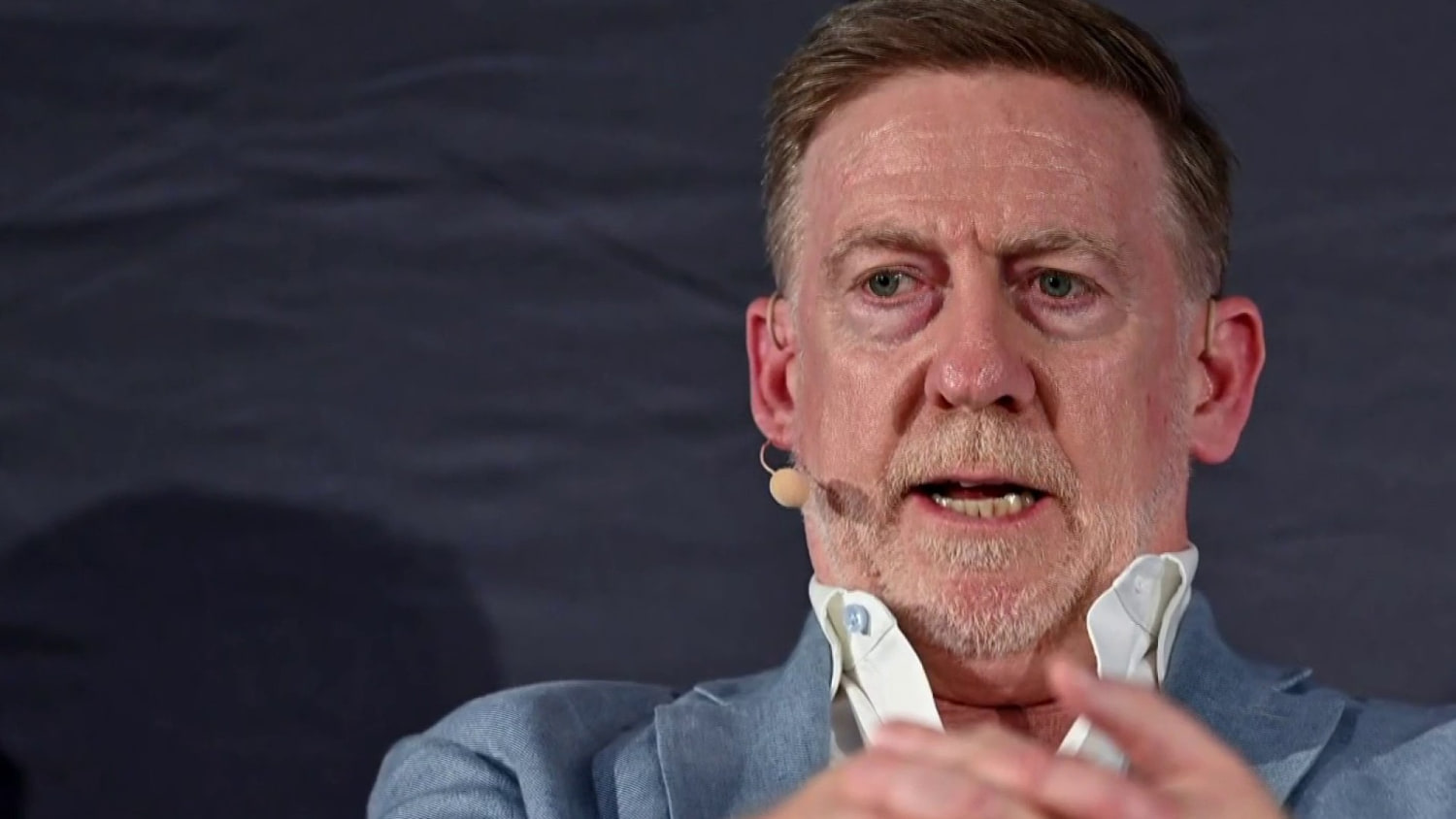

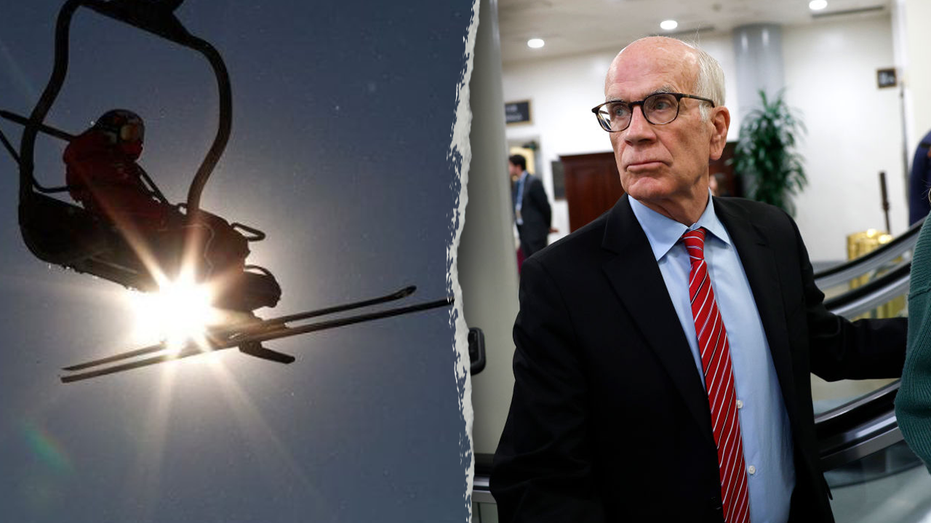
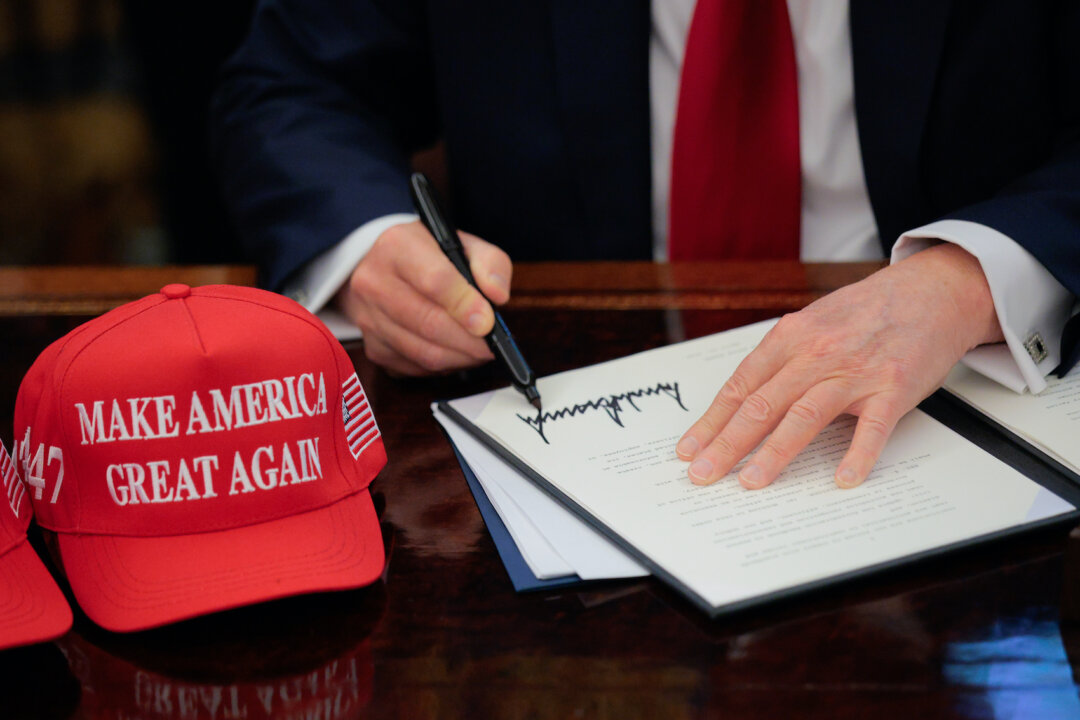

 English (US)
English (US)